Discover |
|
Devon Biodiversity Action Plan
Discover |
|
Introduction to Devon's Wildlife
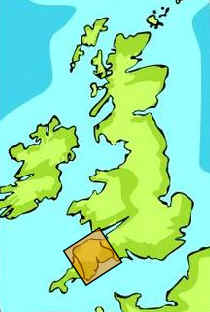 |
The County of
Devon in South West England is a wonderful place for wildlife. It is special because it
contains so many different habitats within a relatively small area. These different
habitats are home to thousands of different kinds of plants and animals. The climate in Devon is much warmer and milder than in more northern parts of Britain. This allows many less hardy plants and animals to survive here. The combination of gentler weather and many different habitats means that Devon has some of the most varied wildlife in Britain. |
 |
Devon has the
sea on both its northern and southern boundaries, giving it many different marine
habitats. These include offshore coral reefs, towering cliffs, rocky seashores, sandy
beaches and muddy river estuaries of international importance for wildlife. Devon also has the largest sand dune system in the United Kingdom, in North Devon, at Braunton Burrows. |
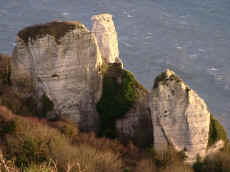 |
Its geology
is also very varied. Evidence of the amazing species which made up Devon's wildlife
millions of years ago can readily be found on its pebble beaches and poking out of its sea
cliffs. Part of Devon's southern coastline has been made a World Heritage Site
because of the wonderful fossil record which it contains. The underlying rocks also influence the soils produced. The variety of rock types and soils means there is also a great range of plant life. |
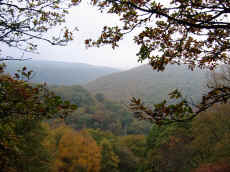 |
Inland, Devon has some important moorland areas. Exmoor (left) and Dartmoor are both within the County boundaries. Both moors are National Parks because they are such special and valued areas for wildlife and recreation. |
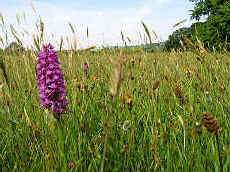 |
Devon is also blessed with fast-flowing streams, lazy rivers, wetlands, marshes, heathlands, a patchwork of agricultural grasslands, including wildflower meadows (left) as well as different types of woodlands. |
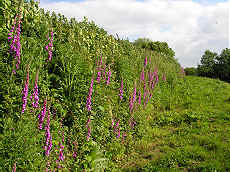 |
All of these are interlinked by hundreds of miles of spectacular
hedgerows, many of them on tall hedgebanks. This is a feature which is peculiar to South West England and to Devon in particular. |
 |
Within all of these different habitats live a great variety of plants and
animals. Some species are found in much greater numbers in Devon than anywhere else in England. For example, Devon is famous for its wonderful hedgebanks covered in primroses in the spring. |
 |
Another name for wildlife is 'Biodiversity'. This word simply means 'the
great variety of life'. Throughout Britain (including Devon) certain wildlife species are becoming less common or indeed rare. To try to reverse this, National 'Biodiversity Action Plans' (UK BAP)have been produced for species and habitats which are rare or threatened. These plans lay out all of the actions that will be taken to make sure that special British wildlife is preserved for the future. |
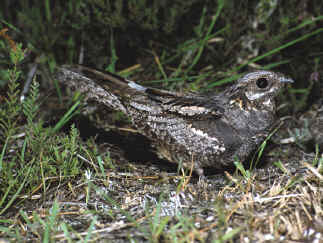 |
Devon also has its own Biodiversity Action Plan (BAP), concentrating on
the wildlife which is particularly special to Devon. This singles out 20 species of plants and animals for special action, including the summer visiting Nightjar (left), as well as 17 different kinds of habitat. |
Continue to
Devon Biodiversity Action Plan - FAQs
or
Learn more about Devon Wildlife